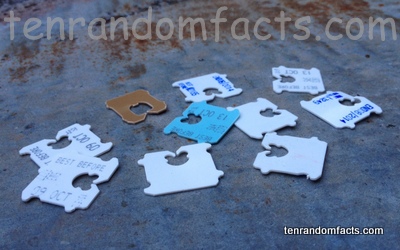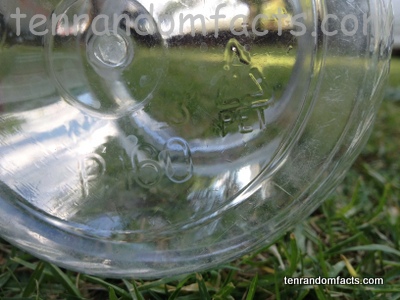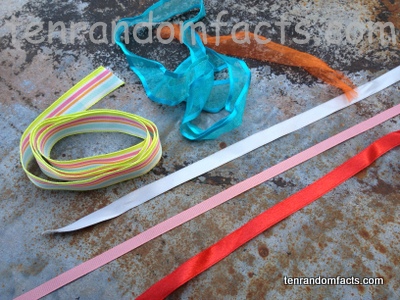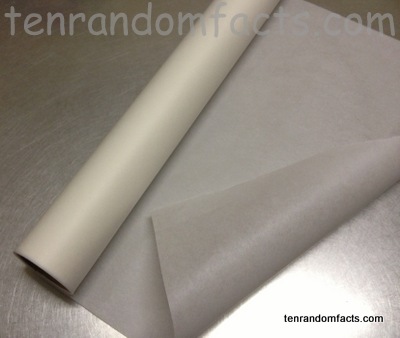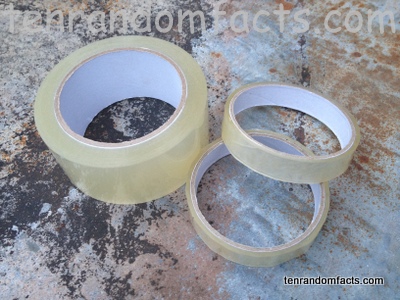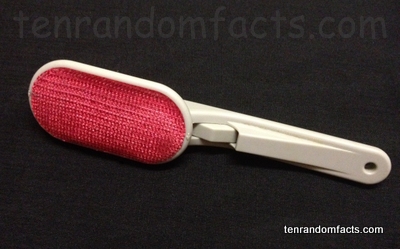
Are you sick of the lint? Try a lint remover!
- Lint removers are objects that when rolled or brushed on fabric, remove lint and other foreign fibres.
- A type of lint remover, a lint roller, features a handle and a small barrel usually coated with sticky adhesive, that is rolled over fabric to remove lint and other fibres, and is disposable or is able to be refilled with more sticky adhesive.
- Prior to especially designed lint removers, clothes brushes were used to clean and remove lint from clothes.
- A lint brush, a type of lint remover that lasts a long time, is a cushioned brush covered in fibrous material that collects lint and other fibres and sometimes they have a swivel head so that the brush can be used in either direction.
- Lint removers are common items among pet owners, since the remover easily collects fur or dead skin off pets.
- It is commonly believed that Nicholas McKay from the United States invented the first lint remover in 1956, however, there are number of patents filed years earlier for lint rollers and brushes, most notably Charles F Slater and Homer T Clark, who both filed patents in the US for lint rollers in January 1944.
- Different types of lint removers are suited to different materials as some may cause damage or wear to the fabric.
- Lint should be cleaned or removed from lint removers regularly to avoid lint being put back onto the fabric.
- Lint removers are best used by lightly, rather than firmly, brushing or rolling.
- Lint removers are commonly used by those that regularly wear black suits or other dark formal clothes, as lint can easily be seen on dark fabrics.
Bibliography:
Lint Brushes, 2010, Lint Brush Online, http://www.lintbrushonline.com/lint-brushes/
Nicholas McKay (inventor), 2013, Wikipedia, http://en.wikipedia.org/wiki/Nicholas_McKay_(inventor)
What is a lint brush?, 2013, Wise-GEEK, http://www.wisegeek.com/what-is-a-lint-brush.htm





